
A talk by Eddie Colgate to Henfield History Group at 8:00pm on Tuesday 11th October 2016 in the Free Church Hall, Coopers Way, Henfield. Eddie Colgate is the author of the recently published book Henfield’s Wonderful Railway: The Brighton to Horsham Line 1861-1966, Winchester: George Mann Publications, 2015.
Category Archives: Talk
The Secret Sussex Radio Network
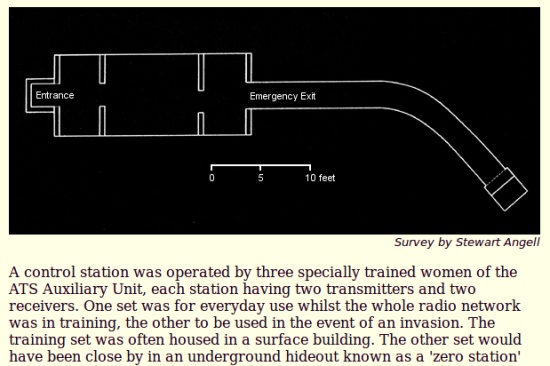
A talk by Stewart Angell to Beeding & Bramber Local History Society at 7:45pm in Upper Beeding Village Hall on Wednesday 5th October. [Recommended — your editor attended an excellent talk by this speaker a couple of years ago on a related topic. It took place in Ditchling Village Hall and every seat was taken.]
Fungal Foray

Join mycologist Martin Allinson for a day of recording as many species of fungi as possible across Newtimber Hill on Friday 7th October from 9:30am to 3:00pm. Wear suitable clothing and bring lunch. Tea and cake will be served upon return to Saddlescombe. Supervised children are welcome. Booking essential. Click the image for more information.
Saddlescombe Orchid walk and talk
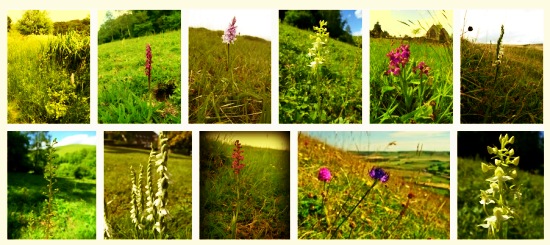
Orchid expert Peter Lovett is offering a unique experience at Saddlescombe Farm this year where those interested in orchids as a species can learn more about these amazing plants. Details here.
Tuesday, 21 June 2016 10:00–16:00pm — early booking essential, 01273 857712.
Truleigh Hill Radar Station
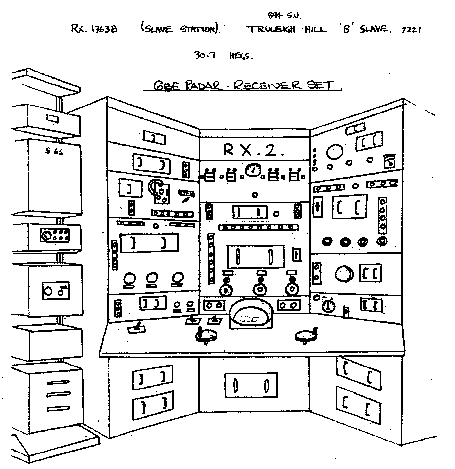
An illustrated talk by Roy Taylor, author of Shoreham’s Radar Station: The Story of RAF Truleigh Hill (2007) and the organizer of the Marlipins Museum exhibition on the same topic. Roy served there as a radar operator, using the receiver in the sketch above, during the final years of its operation in the late 1950s.
Sussex Military History Society, 7.30pm for 8.00pm start on Wednesday 18th May in the Function Room of the Royal Oak Public House, Station Street, Lewes. Admission for non-members is £3.00.
Fulking Parish Council — Annual Meeting Thursday 12th May 2016 at 7:30pm
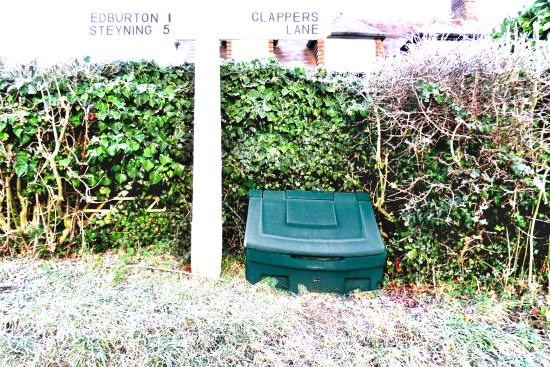
Agenda Annual Meeting of Council
- Chairman’s Welcome
- Election of Chairman and Vice Chairman
- Closing of the meeting
This is then followed by the Annual Parish meeting
Agenda Annual Parish Meeting
- Apologies for absence
- Approval of minutes for APM May 14th 2015
- Chairman’s report
- Reports from District and County Councillors
- Approval of 2015-16 Annual Return
- Date of next meeting
- Closing of the meeting
- Election of new North Town Field Trustees
The evening will be rounded off with refreshments.
Chanctonbury & Cissbury/Art & History
Sussex Agricultural History
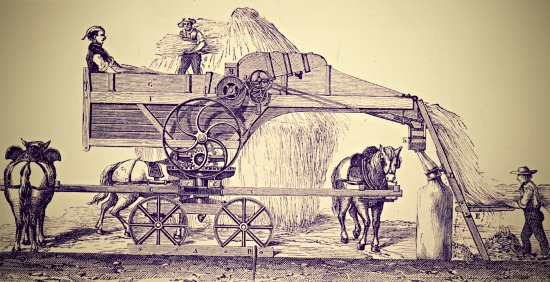
A talk by Dr. Geoffrey Mead (University of Sussex) to Henfield History Group at 8:00pm on Tuesday 10th May in the Free Church Hall, Coopers Way, Henfield. The Sussex landscape is a complex linkage of natural features and processes — the geology and topography of the county. This has been adapted by man into a human landscape which is largely one of agricultural development. The talk will consider the regional and historical variation in Sussex agriculture.
Southwick Roman Villa
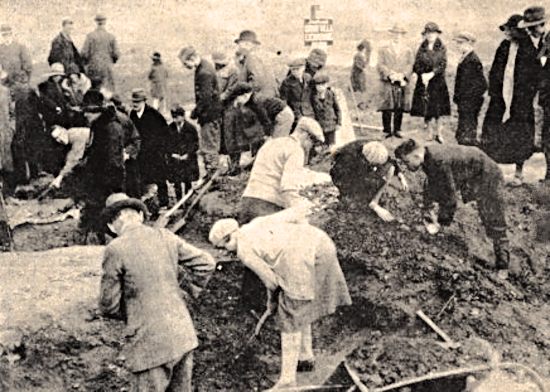
A talk by Jeffrey Leigh to Beeding & Bramber Local History Society at 7:45pm in Upper Beeding Village Hall on Wednesday 4th May.
The villa waa probably built in the first century AD, some 50 years after the Romans first arrived and was palatial in size, the second largest villa in Sussex. As such, it would have been the centre of a large and important estate. The site was lost until the 19th century when people found coins and pottery in what was then a market garden. The first excavation followed in 1845. The site was excavated again in the 1930s and then donated to the Sussex Archaeological Trust in 1932 by an anonymous benefactor. Subsequently, Manor Hall Road was driven through part of it. Nowadays, the Manor Cottage Heritage Centre has a permanent exhibition about the villa’s history and about the various efforts to excavate the site.


